4 Likes and 2 Dislikes on New Food Label from RDN
The FDA has proposed an update for the Nutrition Facts label on packaged foods. This update would reflect the latest scientific information, including the link between diet and chronic diseases like obesity and heart disease. The proposed label would also replace out-of-date serving sizes with options that reflect how much food people actually eat. It would even feature a fresh design that highlights key parts of the label (like calories and serving sizes).Here's the present design (it's 20 years old!):Here's the proposed update, which could be finalized within the year:We asked our dietitian editor, Lynn Greiger, RDN, CDE, to give us her opinion about the proposed changes and how they will affect nutrition educators and consumers.Here are her 4 likes and 2 dislikes about the proposed label:
- LIKE: I like the emphasis on calories by making the calorie information larger and in bold type. People need to be aware of how many calories they are consuming.
- LIKE: Getting rid of the calories from fat information is a step in the direction of encouraging people to move away from a focus only on fat to hopefully thinking about foods and nutrition in broader terms for an overall healthful lifestyle.
- DISLIKE: It's unfortunate that the law stipulates the serving size must reflect the amount people typically eat instead of the portion sizes recommended by Choose MyPlate. I'm afraid this change is going to give consumers the feeling that eating larger amounts of food is actually recommended and we'll find even more confusion about healthful serving sizes.
- DISLIKE: In my experience, consumers don't find the percent Daily Value a helpful or useful number, and I don't think changing the location or the size of that information is going to make it more useful.
- LIKE: Listing the amounts of specific vitamins and minerals instead of the percentage is a big plus for consumers who are particularly interested in this information.
- LIKE: It will be interesting to see what actually happens with the new information on added sugars. I think that consumers are truly confused about sugars, and tend to throw out the baby with the bathwater -- or the fruit and milk out with the candy bars. It will be up to nutrition professionals to educate consumers about the difference between naturally-occurring and added sugars, and to read beyond advertising and media hype to find truly useful information that is based on science.
Get the FDA's Guide to What's Different about the New Label (PDF)!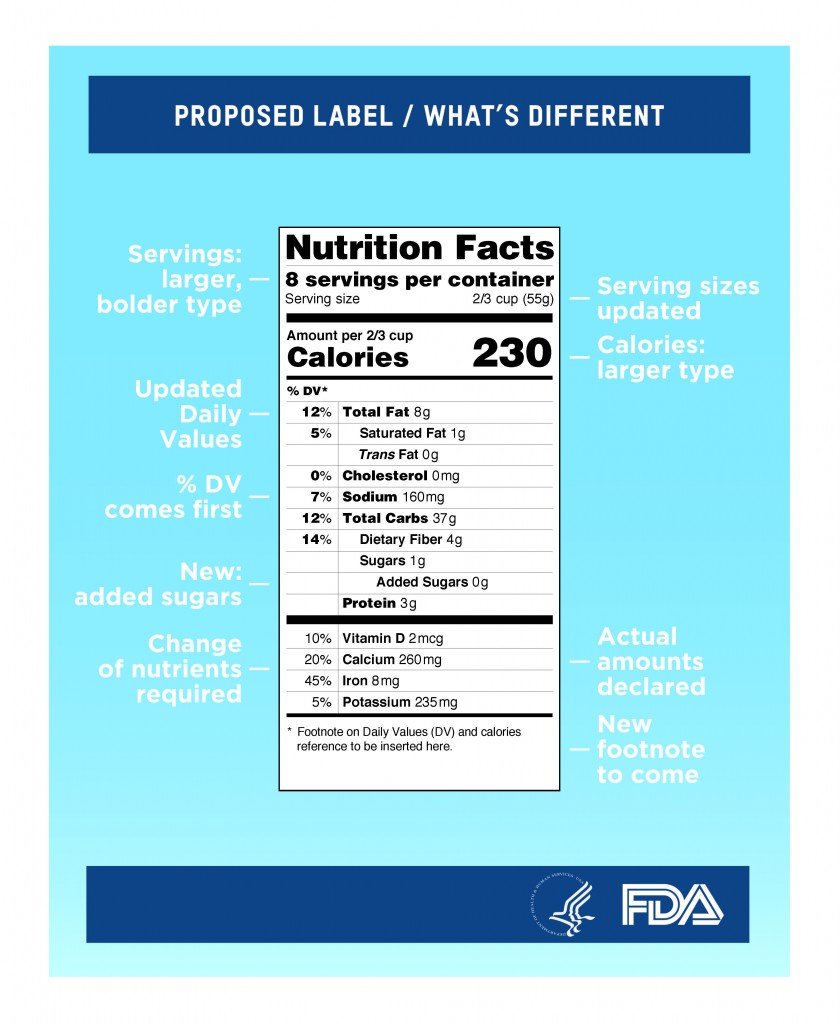 Check Out This Infographic about the Changes to Serving Sizes (PDF)!
Check Out This Infographic about the Changes to Serving Sizes (PDF)!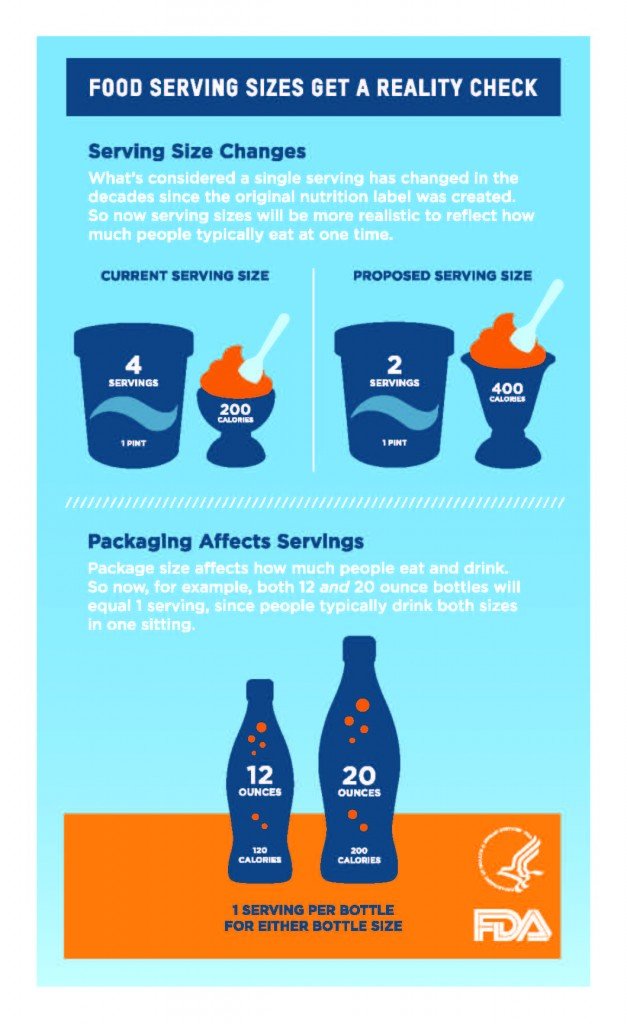 Are you ready for a shock? Here are certain products that would have to change their serving sizes based on average consumption. Take a look at how much people currently eat, compared to what is on the package...Calorie Shockers:
Are you ready for a shock? Here are certain products that would have to change their serving sizes based on average consumption. Take a look at how much people currently eat, compared to what is on the package...Calorie Shockers:
- Ben and Jerry's Peanut Butter Fudge Core Ice Cream: 600 calories per cup instead of 300 calories per 1/2 cup
- Haagen Dazs Frozen Yogurt Low-Fat Vanilla: 340 calories per cup instead of 170 calories per 1/2 cup
- 18-Ounce Bottle of Sweetened Tea: 175 calories per bottle instead of 70 calories per cup
- 32-Ounce Bottle of Gatorade: 200 calories per bottle instead of 50 calories per cup
- 24-Ounce Bottle of Pepsi: 300 calories per bottle instead of 150 calories per 12-ounce serving.
What Might Not Change:These beverage manufacturers are already ahead of the curve!
- 16.9-Ounce Bottle of Coca-Cola : 200 calories - as listed
- Coca Cola Also Offers 7.5-ounce cans of sodas for 90 calories.
- Pepsi Offers 12-ounce bottles for 150 calories
- Pepsi Also Offers 7.5-ounce cans of soda for 100 calories.
The New Nutrition Facts Label: Our PredictionsThe serving size changes may add confusion to nutrition education programs that advise smaller sizes or follow diabetes exchanges. We believe that educators will have to add "calorie awareness" to their lessons on portion control, along with more awareness of MyPlate serving sizes (versus what the manufacturer is offering).We also think that food manufacturers will come out with single serving sizes that contain fewer calories, like 100-calorie bottles of sports beverages, tea, sodas, etc. 100-calorie snack packs, sodas, and candies are already being manufactured, but we think that the number and type of these products will continue to rise.The food scientists and their advertising counterparts are always brilliant at being able to make processed, calorie-dense foods sound okay on the package. They're also amazing at following every food and nutrition trend. Remember the sugar-free cookies, the carbohydrate-free bread, and the breaded fried fish without trans fat (that is instead laden with palm oil)? Or the whole grain sugar loop cereals?We predict that food manufacturers will find a way to add natural sugars or sugars that have a higher sweetening power so that the added sugar level on the label stays low. And we predict that they will add nutrients to woo consumers into buying products that appear more healthful. I can already see the ads for vitamin D fortified sandwich cookies.It will be a while before we will have the final version of the new Nutrition Facts label.The FDA will take 90 days to gather comments and then issue a final rule at some time during the next year. Food manufacturers will have 2 years to comply with their labels. You can bet that food manufacturers are already planning their strategies.In the meantime, remind your clients not to stop reading food labels while they shop. Here are 3 things consumers can do while they wait for the new food label rules:
- Keep comparing labels to find the product that comes with the lowest levels of saturated fat, trans fat, and sodium.
- Find items that are higher in fiber.
- Be aware of calories per serving and how many calories are in a container.
- BONUS: Calculate the number of calories per cake, bag of chips, box of cookies, or liter of soda. This will help people realize how many calories they are bringing home. For example, an 11-ounce pound cake has 1,200 calories!
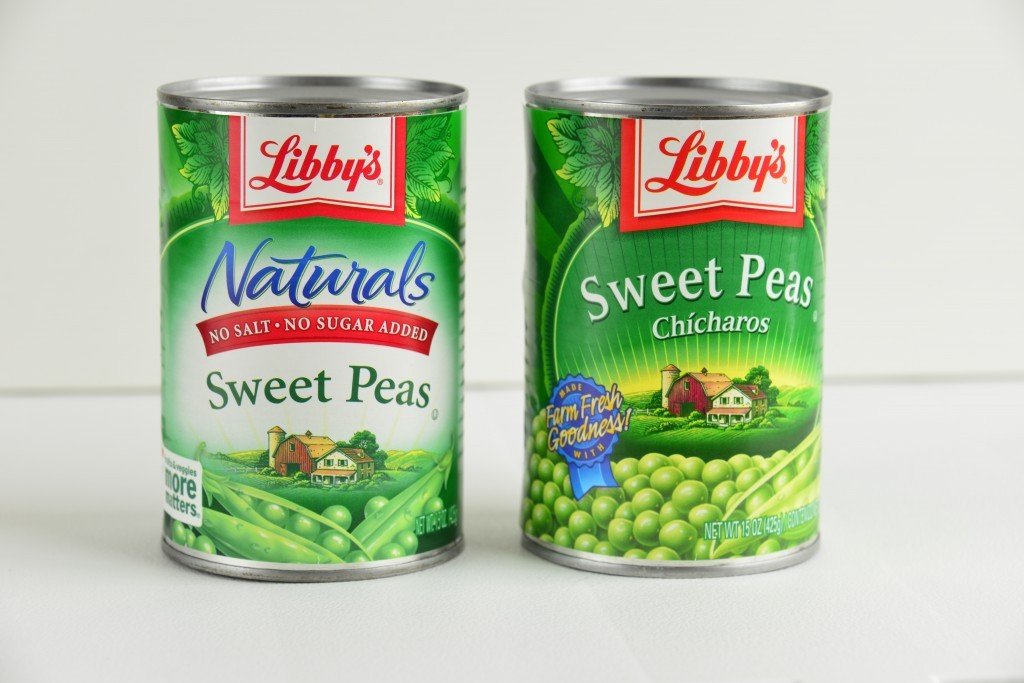
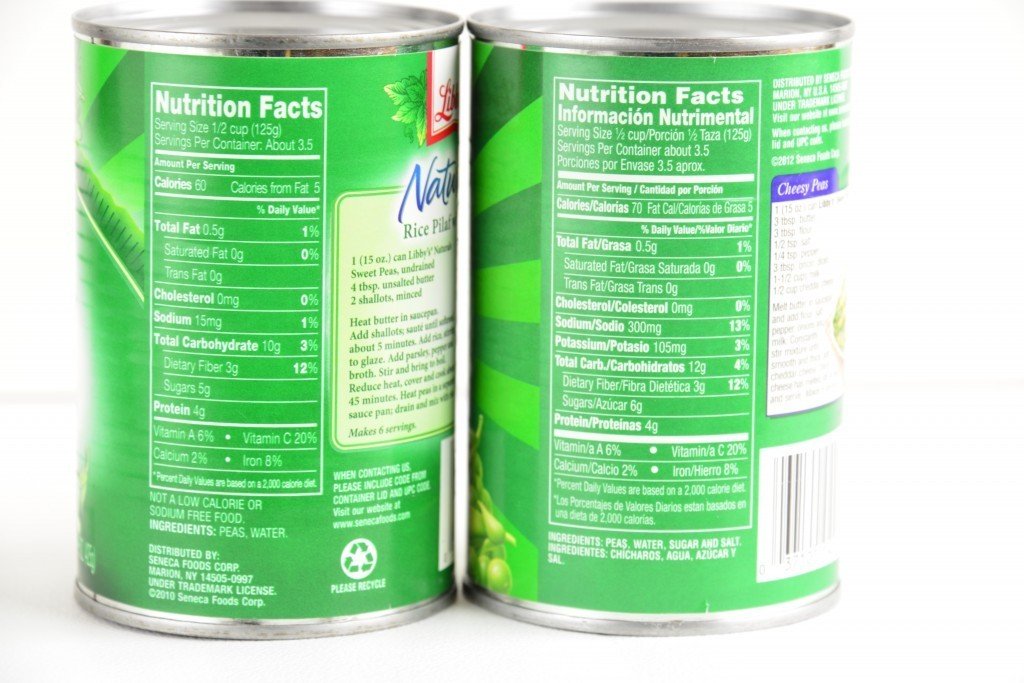 Here is an example of how people can use the Nutrition Facts label to improve the healthfulness of the foods they buy. The can of no-salt-added peas has 285 mg less sodium per 1/2 cup serving than the regular version.Old or new, the food label is a solid nutrition education tool to help consumers make better choices each time they shop in the store. And its uniformity on every product helps people compare foods and learn the basics of effective shopping as part of a healthful lifestyle.Let's try one more example. Check out the label differences between ground turkey and ground turkey breast...Hint: There's a big difference in fat and saturated fat levels!
Here is an example of how people can use the Nutrition Facts label to improve the healthfulness of the foods they buy. The can of no-salt-added peas has 285 mg less sodium per 1/2 cup serving than the regular version.Old or new, the food label is a solid nutrition education tool to help consumers make better choices each time they shop in the store. And its uniformity on every product helps people compare foods and learn the basics of effective shopping as part of a healthful lifestyle.Let's try one more example. Check out the label differences between ground turkey and ground turkey breast...Hint: There's a big difference in fat and saturated fat levels!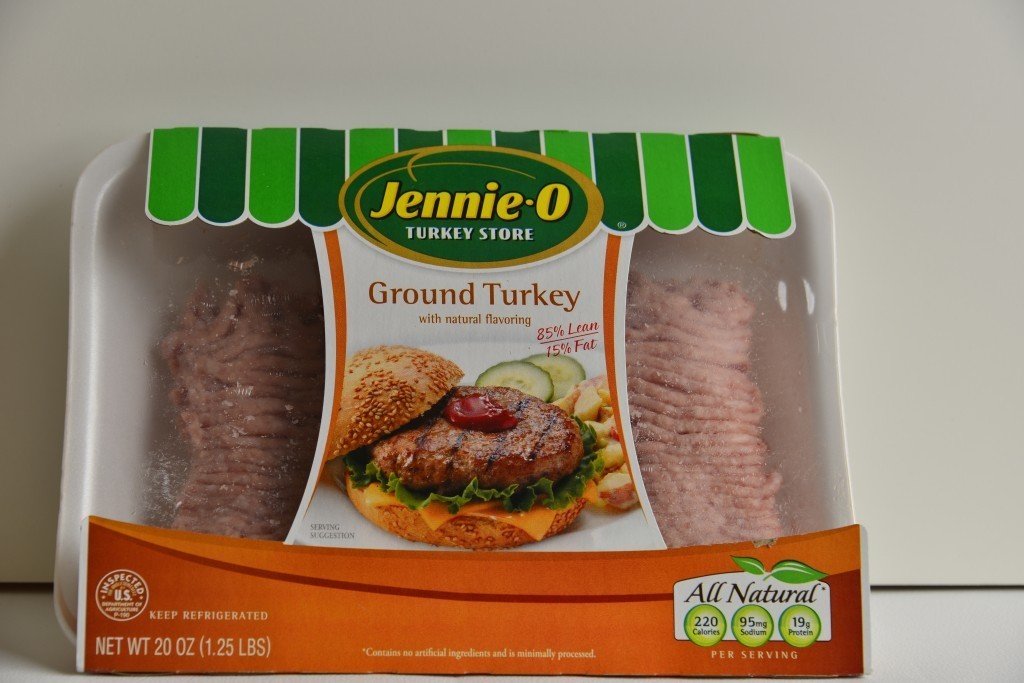
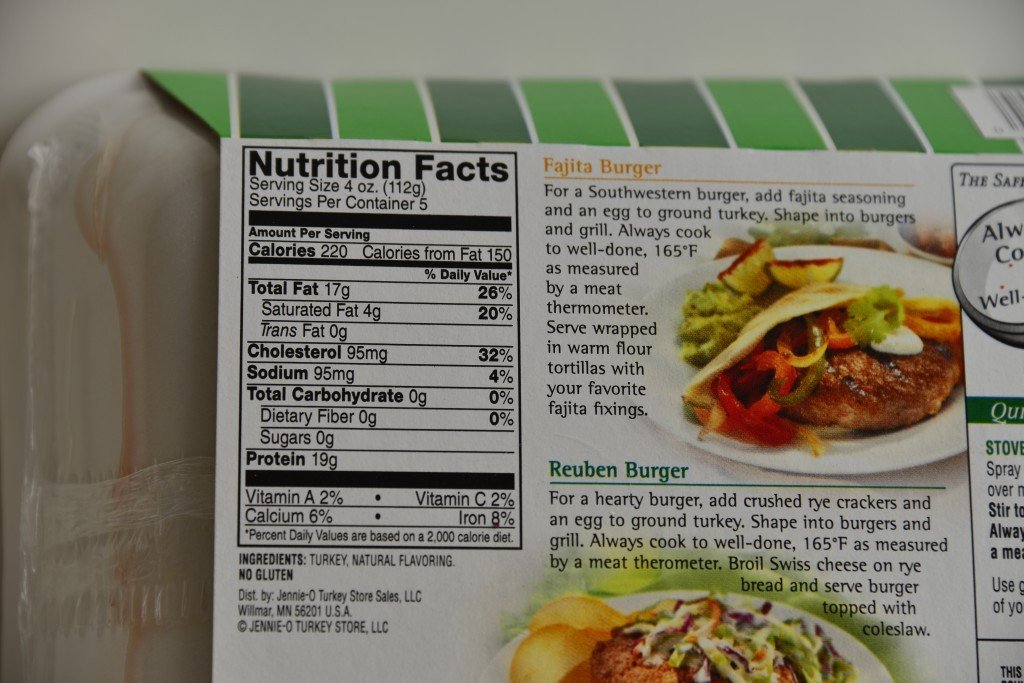
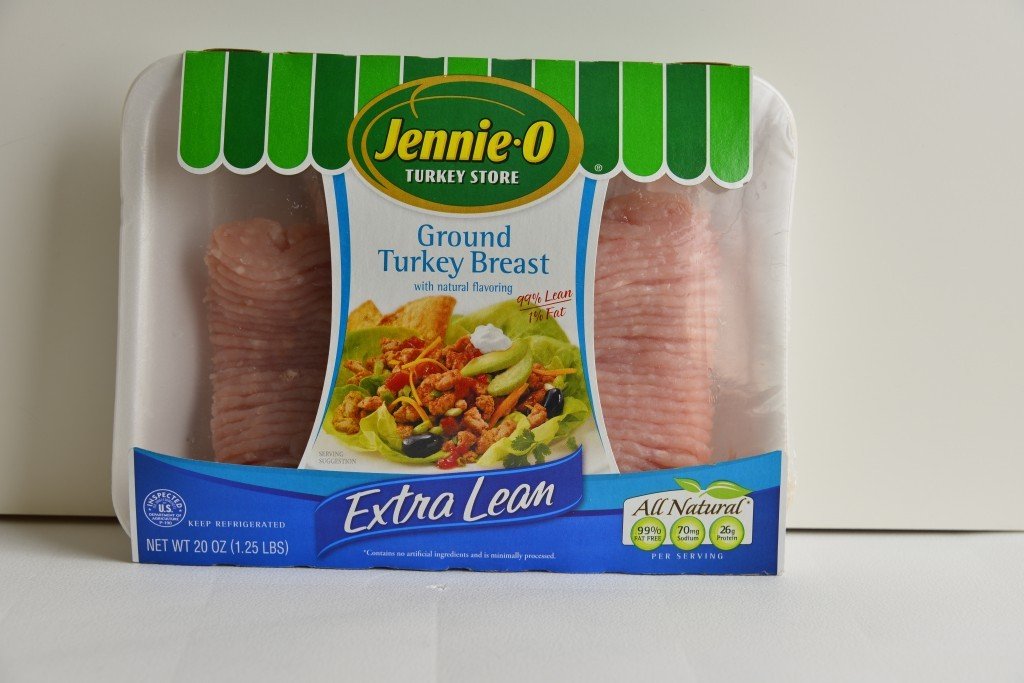
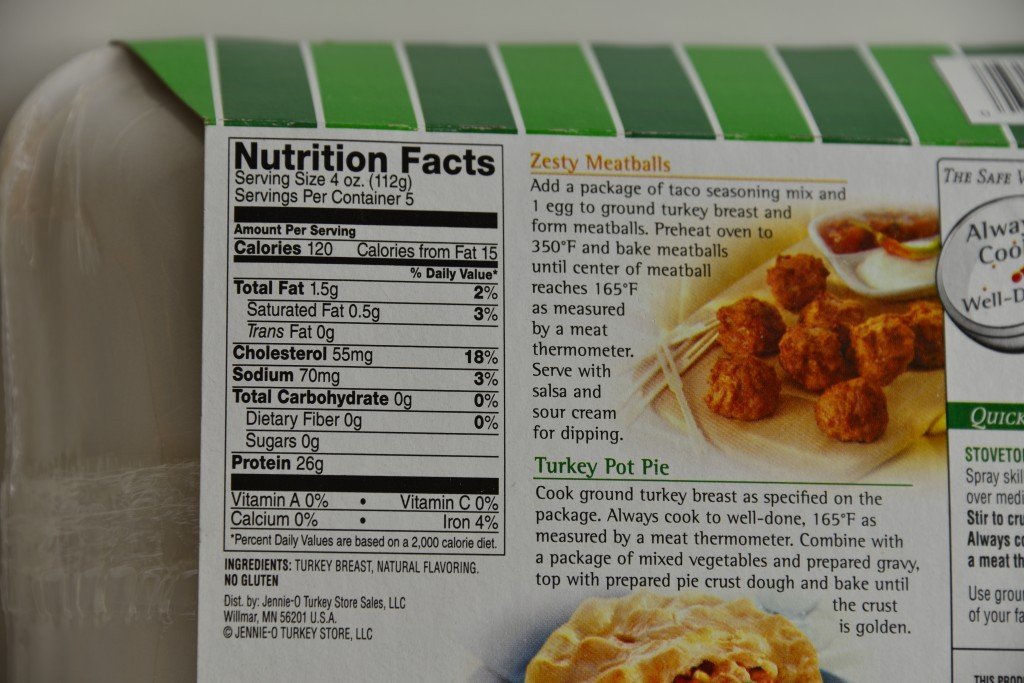 Visit the FDA website for more information and to comment on the proposed changes.Tweet us @foodhealth to let us know what you think of these labels.And if you are really interested in reading more, check out what other health professionals are saying:
Visit the FDA website for more information and to comment on the proposed changes.Tweet us @foodhealth to let us know what you think of these labels.And if you are really interested in reading more, check out what other health professionals are saying:
- Visit the FDA website for more information
- Marion Nestle's Food Politics Blog
- CSPI Supports Label Changes
- Nutrition Unplugged Highlights Changes
- Academy of Nutrition and Dietetics Supports Label Changes
- Let's Move: Michelle Obama's Video About Label Changes
The Nutrition Education Store has many resources for using the Nutrition Facts label, including posters, shopping tours, handouts, brochures, PowerPoint shows, and tear-off pads:



